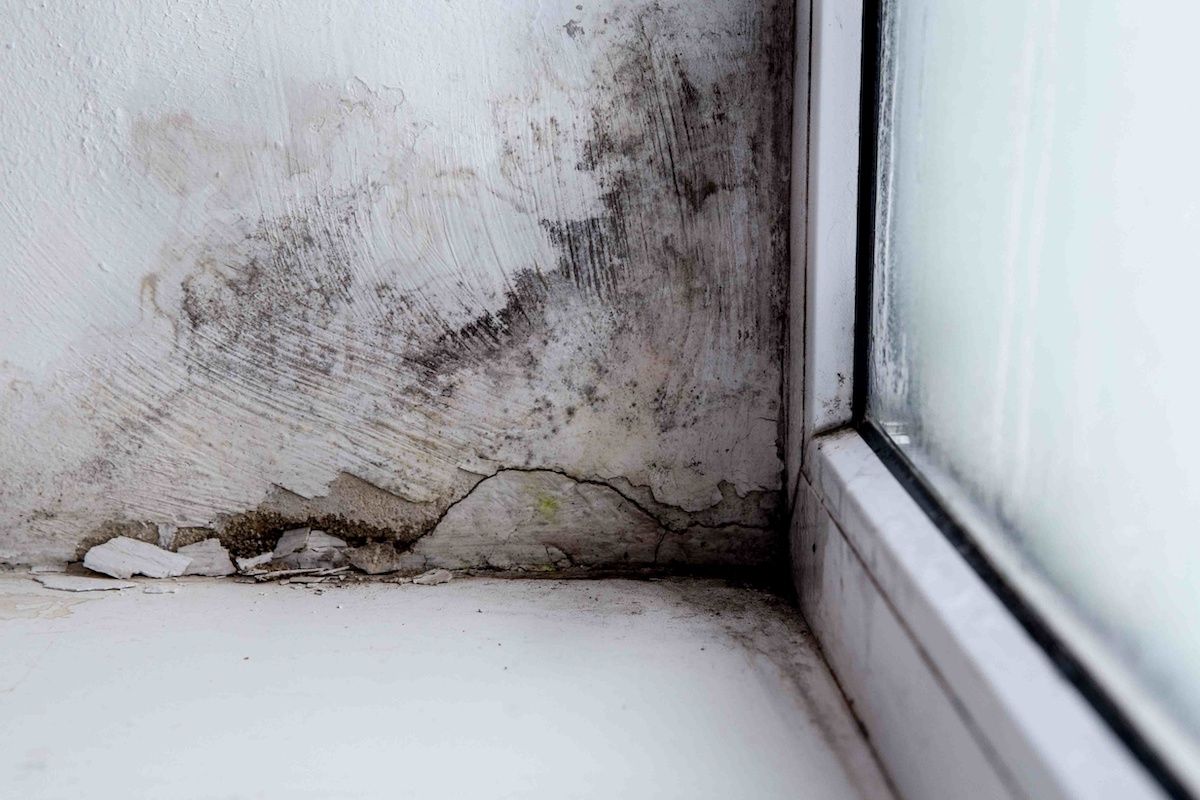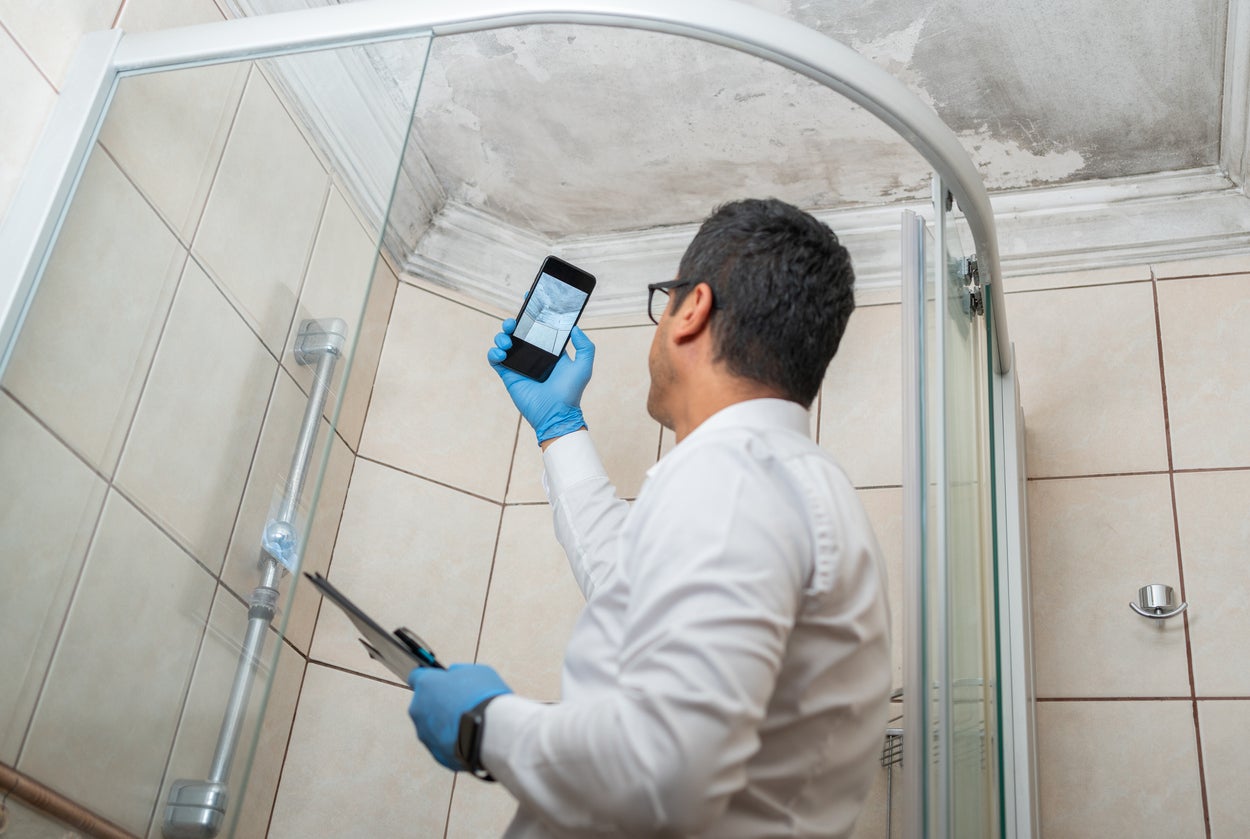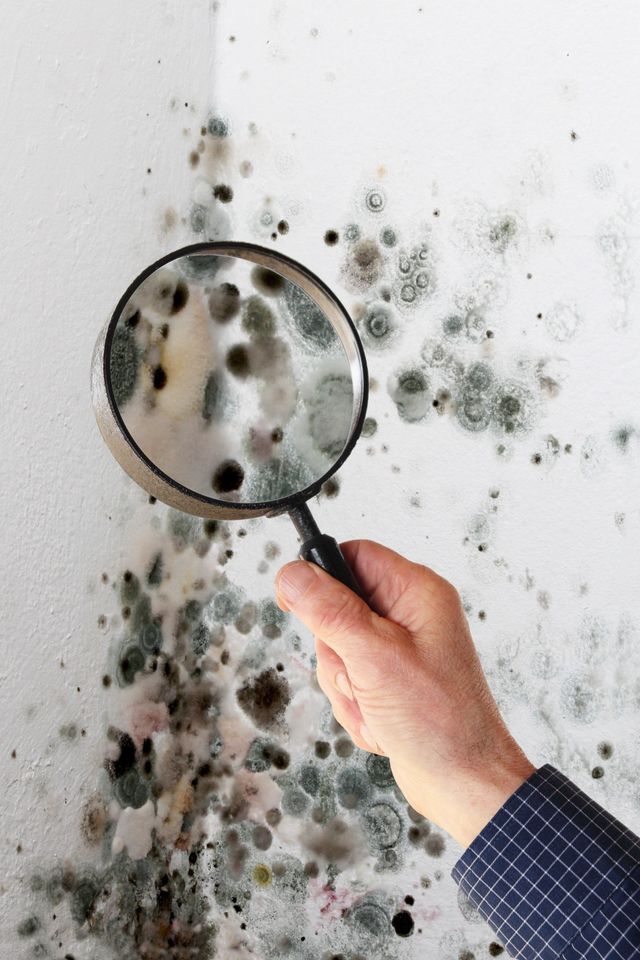Your Ultimate Guide to Article Mold Remediation Strategies
In the results of mold and mildew invasion, knowing just how to effectively get rid of the mold and mildew and avoid its reoccurrence is extremely important for preserving a healthy and balanced interior setting. From picking the appropriate cleansing and sanitizing techniques to executing methods for long-term mold prevention, each step in the removal trip plays an essential duty in ensuring an effective end result.
Comprehending Post-Mold Removal Refine
After completing the mold and mildew remediation procedure, it is important to understand the post-mold removal techniques that are essential to make sure a reliable and thorough clean-up. As soon as the mold has been gotten rid of, the following step entails cleaning and disinfecting the influenced areas to avoid any kind of regrowth of mold and mildew. This includes using specialized cleaning representatives to wipe down surfaces and eliminate any kind of continuing to be mold spores. It is necessary to dry the location entirely to dissuade the growth of mold in the future (what to do after mold remediation). Correct air flow and dehumidification can assist in this procedure.
Furthermore, performing a last assessment post-remediation is vital to ensure that all mold and mildew has actually been effectively eliminated. If the evaluation exposes any lingering mold and mildew, added remediation may be necessary.
Effective Cleansing and Disinfecting Techniques

Preventing Future Mold Growth

Value of Appropriate Ventilation
Appropriate ventilation plays a critical role in stopping Continue wetness buildup, a crucial consider mold development within interior atmospheres. Reliable air flow systems help get rid of excess humidity from the air, reducing the chances of mold and mildew spores discovering the moisture they require to spread out and germinate. Without adequate air flow, interior rooms can end up being a reproduction ground for mold and mildew, resulting in potential health and wellness risks and structural damages.
By ensuring appropriate air flow, air flow systems can additionally aid in drying out moist locations more quickly after water damage or flooding cases, further discouraging mold and mildew growth. After mold remediation. In rooms like washrooms, attics, cellars, and cooking areas where wetness levels tend to be greater, setting up and keeping effective ventilation systems is critical in stopping mold and mildew problems

Surveillance and Upkeep Tips
Given the important function that correct air flow plays in avoiding mold development, it is imperative to develop effective monitoring and upkeep tips to make sure the ongoing capability of air flow systems. Regular inspections of air flow systems ought to be carried out to check for any indicators of clogs, leakages, or breakdowns that could impede appropriate air flow. Monitoring humidity levels within the home is likewise essential, as high humidity can add to mold and mildew development. Setting up a hygrometer can aid track moisture degrees and alert homeowners to any spikes that may call for interest. Furthermore, guaranteeing that air filters are consistently cleansed or changed is essential for preserving the effectiveness of the ventilation system. Carrying out a check here schedule for routine go now upkeep tasks, such as duct cleaning and a/c system examinations, can aid protect against issues prior to they intensify. By remaining attentive and positive to the problem of ventilation systems, homeowner can effectively minimize the threat of mold and mildew regrowth and preserve a healthy and balanced indoor setting.
Final Thought
Finally, post-mold removal methods are vital for guaranteeing a secure and tidy environment. Recognizing the process, implementing efficient cleansing and disinfecting techniques, avoiding future mold and mildew development, preserving correct ventilation, and normal tracking are all important steps in the remediation process. By complying with these guidelines, you can effectively remove mold and prevent its return, advertising a healthy and balanced living or working space for all occupants.
In the consequences of mold infestation, recognizing just how to efficiently remove the mold and avoid its reoccurrence is critical for keeping a healthy and balanced indoor atmosphere. Once the mold has been gotten rid of, the next step includes cleansing and decontaminating the affected areas to avoid any kind of regrowth of mold - Post Mold remediation cleaning. After getting rid of visible mold and mildew development, it is crucial to clean all surfaces in the affected area to get rid of any continuing to be mold spores. To further boost mold avoidance actions, it is vital to attend to underlying concerns that originally led to mold and mildew development.Provided the critical role that correct air flow plays in avoiding mold and mildew growth, it is crucial to establish effective monitoring and maintenance suggestions to make sure the continued functionality of air flow systems